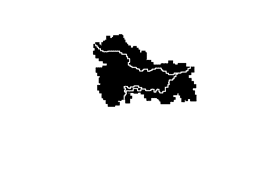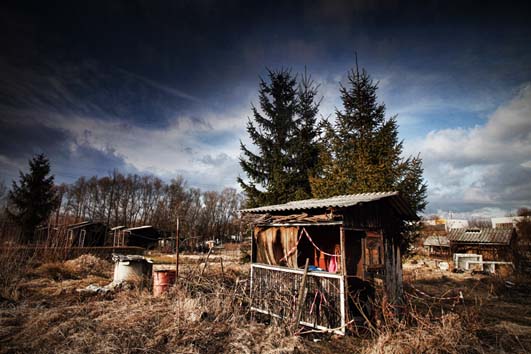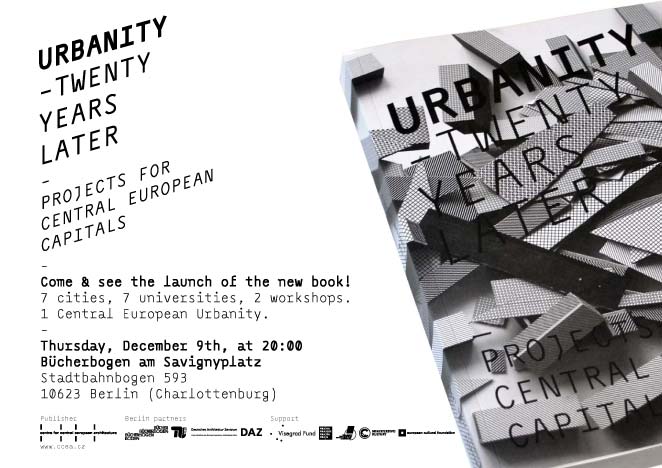
Ljubljana
Population:
267 386 inhabitans
Area:
114,90 Km2
Density:
4.011 preb./km2
Dividing the city:
17 districts
Mayor:
Zoran Jankovič
Ljubljana lies not far from the centre of the country, and it’s a model of economic success and stability for the region. The city has excellent infrastructure, a well-educated work force, and a strategic location between the Balkans and Western Europe.
The Slovene lands were part of the Austro-Hungarian Empire until the latter's dissolution at the end of World War I. In 1918, the Slovenes joined the Serbs and Croats in forming a new multinational state, which was named Yugoslavia, later in 1929. After World War II, Slovenia became a republic of the renewed Yugoslavia. Discontented with the exercise of power by the majority Serbs, the Slovenes established their independence in 1991 and Ljubljana became the national capital. Slovenia became a stable democracy and transformed itself into a modern state. Slovenia acceded to both NATO and the EU in the spring of 2004.
From the photography exhibition

Domen Grögl, Ljubljana 2009
